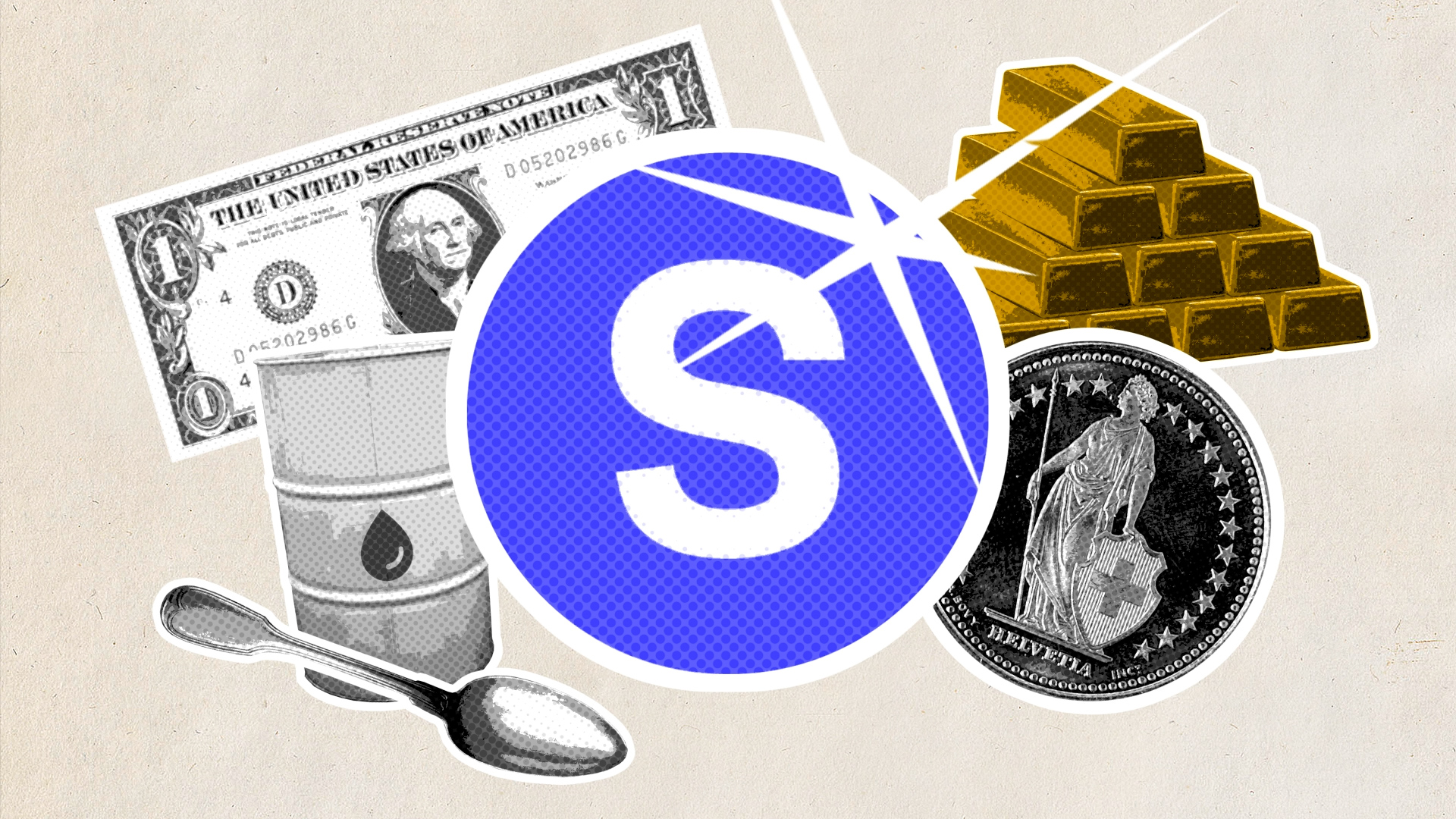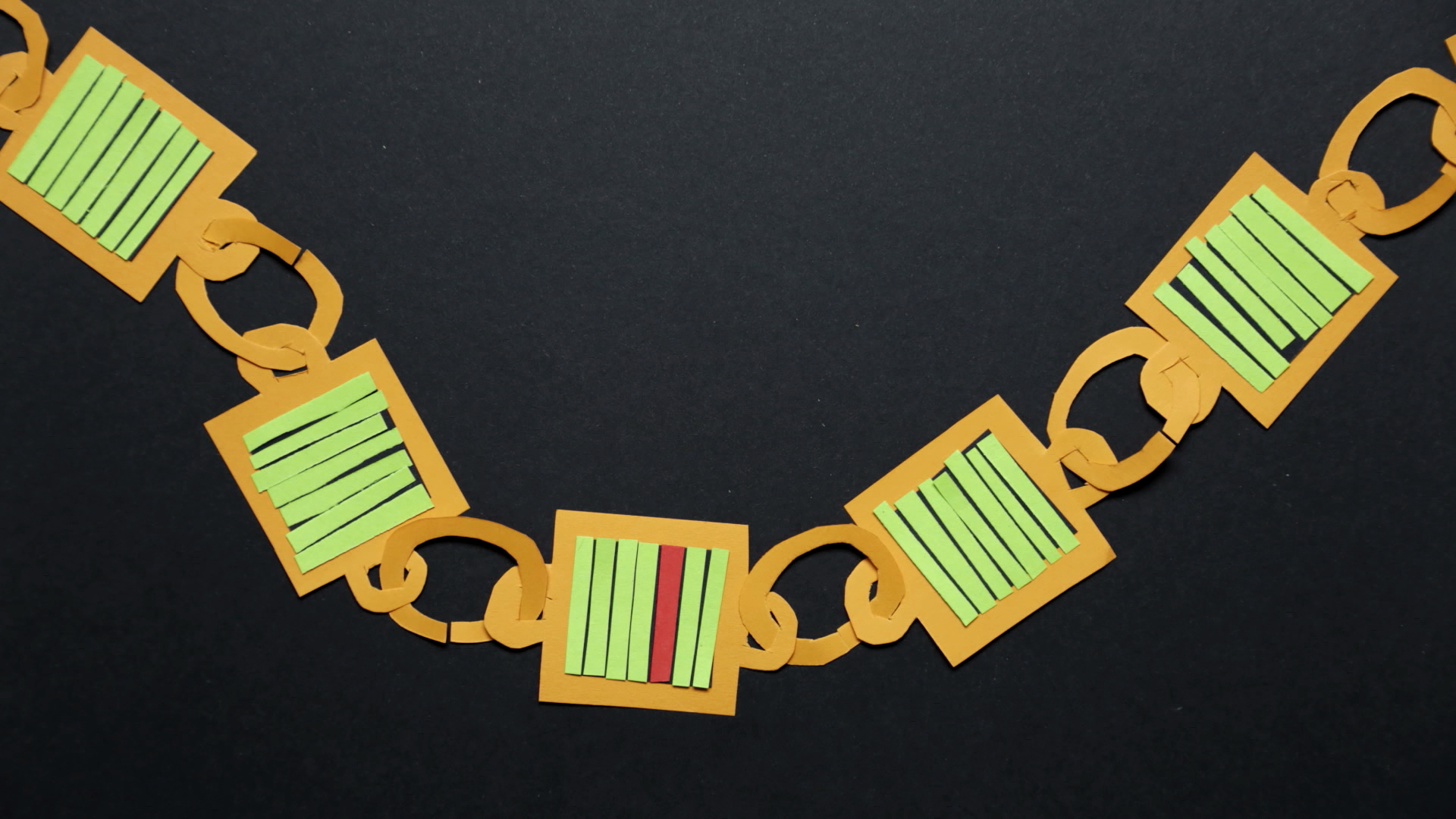
Why bitcoin is inspiring a digital Swiss franc makeover

The rise of cryptocurrencies has inspired central banks and private enterprise to redesign money, including the Swiss franc, by clothing it in the latest digital technology.
Switzerland is well placed to take a leading role, having established a network of cryptocurrency companies, collectively known as “Crypto Valley”, which interact with the traditional financial sector.
Swiss bankers are enthused by way digital blockchain Distributed Ledger Technology (DLT) could automate time-consuming tasks, such as processing transactions, and open new avenues of business.
“Blockchain is going to fundamentally change our business, everyone is looking into it,” Grégoire Bordier, president of the Association of Swiss Private Banks, told SWI swissinfo.ch.
“A fundamental competitive pillar of the financial industry is IT. One of the reasons that Switzerland welcomed the creation of Crypto Valley was to remain in the game during the constant evolution of IT innovation.”
Different designs
The goal is to speed up financial transactions, reduce fees and automate different parts of the financial chain. But what does this mean for banks, traders and the person on the street? It ultimately depends on the exact design of the new digital money.
The creators of bitcoin invented blockchain to give users total control over their money and the freedom to spend it without needing a bank – much like handing someone physical cash, but in the digital world.
A separate breed of cryptocurrency, called stablecoins, seeks to curb wild price swings by pegging to traditional currencies or other assets to stabilise their value (see animation).

More
Stablecoins explained
No state-backed digital franc yet
Governments and central banks fear losing control of money to this new breed of private digital cash. Many countries have adapted financial regulations to prevent bitcoin users from sidestepping controls on money laundering and fraud.
But the traditional financial world also spies an opportunity to leverage DLT to retain their edge. Cryptocurrencies have opened a Pandora’s box of experimentation with money.
In answer to bitcoin, the Swiss National Bank (SNB) is one of dozens of central banks currently testing Central Bank Digital Currencies (CBDCs), a type of cryptocurrency controlled and backed by the state.

More
Explained: The technology behind bitcoin and blockchain
A recent survey of 86 central banks by the Bank for International Settlements found that 93% are engaged in CBDC experiments. Many have ramped up activities in response to increasing public enthusiasm for bitcoin and the emergence of other private digital currencies, such as the now-defunct Libra/Diem project from Facebook that once took root in Geneva.
The potential use-cases for digital money are varied: replacing physical cash, tracing criminal financial flows more effectively or enabling people in countries with weak banking systems to manage their finances on smartphones.
DLT can also give people greater access and choice for loans and financial trading, says Thomas Eichenberger, Chief Product Officer at Sygnum bank, which specialises in digital assets. “A better user experience and cost efficiencies would be the natural consequence of intermediary-free finance,” he told SWI swissinfo.ch.
But while the intention looks benign on paper, the very thought of central banks replacing bank notes with new versions of digital money has raised alarm bells worldwide.
Attack on cash?
In Switzerland, the Swiss Libertarian Movement has launched a popular initiative, dubbed “Cash is Freedom”, that demands constitutional protection for physical cash.
The Swiss Libertarian Movement fears that digital money could be abused to monitor people’s payments, erasing the anonymity offered by physical cash.
Patrick Schueffel, a professor at the Institute of Finance of Fribourg’s School of Management, believes CBDCs could be employed for far more sinister purposes, particularly by autocratic states. In the worst case, they “pose a threat to liberal democracies”, he told SWI swissinfo.ch.
The new technology could be leveraged to monitor payments, block “socially unacceptable” transactions, such as those that harm the environment, or simply freeze “undesirable” people out of the financial system, he warns.
“This is dangerous even in a country like Switzerland,” Schueffel said. “If the authorities have this power at their disposal, they could be tempted to use it.”
The Swiss Data Protection Commissioner’s office has noted intrusive surveillance concerns. “When it comes to the creation of digital currencies, the primary principle to be observed is privacy by design and by default, which requests that projects take privacy interests into account at the very start to develop a concept that is in compliance with data protection principles as standard,” it said in an emailed statement.
At present, however, the SNB sees no sense in producing a digital franc for high-street shoppers as this would step on the toes of commercial banking activity. The SNB is instead working with banks and the stock exchange to produce a so-called wholesale CBDC to speed up payments in financial trading.
This would work hand-in-hand with digitised versions of securities, like company shares, which can change hands at lightning speed, 24/7, rather than the current delay of several days. The holy grail is an “atomic swap”: the instantaneous exchange of security and money.
This leaves a void for a digital currency intended for general retail use. Commercial ventures are intent on filling the gap with stablecoins backed by Swiss francs deposited at banks.
Currency competition
The Swiss Bankers Association (SBA) in June announced the intention of commercial banks to issue a retail stablecoin using DLT, which would “potentially allow for a wide range of new applications, reduce risks, increase efficiency, and open up whole new areas of business”.
The SBA argues that the input of the traditional financial sector remains essential to ensure stability, consumer safety and to avoid scandals, such as the collapse of the FTX crypto exchange, that have plagued the cryptocurrency sector.
The digital makeover of money has also created competition between countries to be the first to design a more efficient next generation of national currency.
Swiss Stablecoin, a private enterprise that is designing its own digital franc, worries that waiting for other countries to digitise their currencies first could reduce future global demand for the Swiss franc. “It would be fatal to leave this field to foreign providers,” Swiss Stablecoin founder and former parliamentarian Pascale Bruderer wrote in an opinion piece she co-authored for the Neue Zürcher Zeitung newspaper.

In compliance with the JTI standards
More: SWI swissinfo.ch certified by the Journalism Trust Initiative



























You can find an overview of ongoing debates with our journalists here . Please join us!
If you want to start a conversation about a topic raised in this article or want to report factual errors, email us at english@swissinfo.ch.